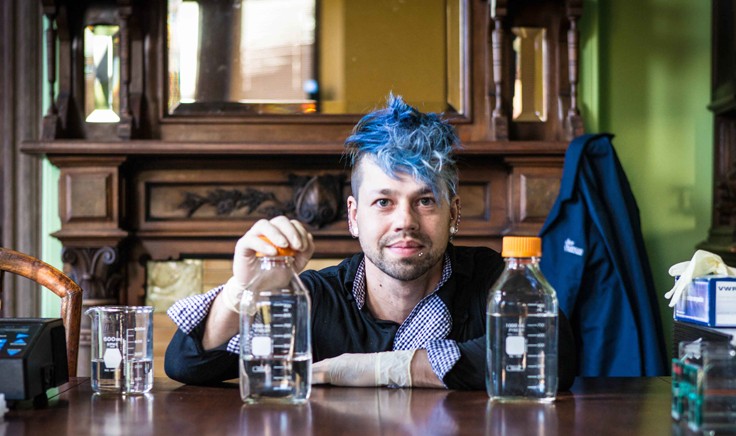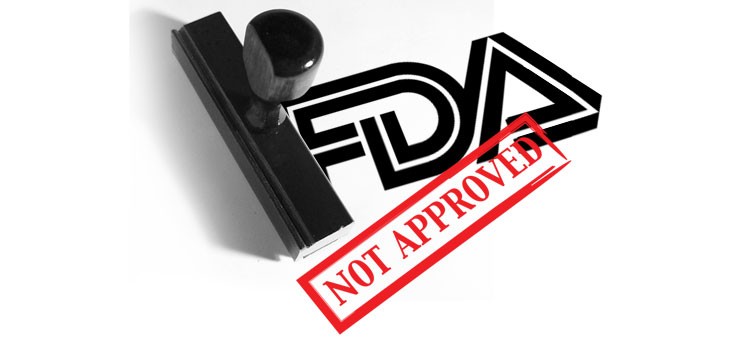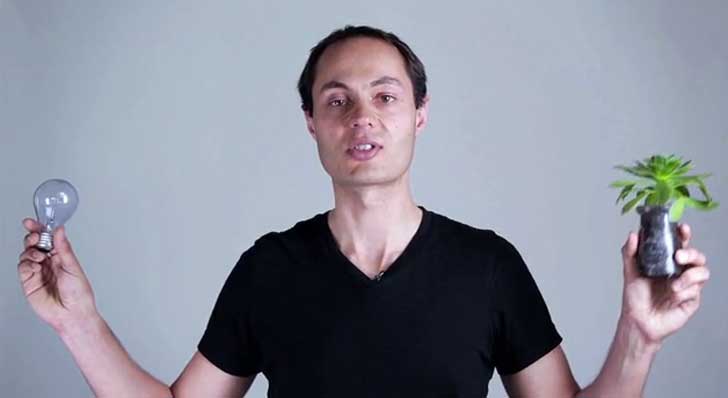The FDA & EPA; Bullies Of Biohacking?
News May 15, 2025 Damon Mitchell

Most biohackers currently operate outside the sphere of control issued by the FDA and the EPA. As they attempt to enter the commercial market, biohackers find these two regulatory bodies difficult hurdles to overcome.
According to one biohacker, Josiah Zayner, one can sum up the general message from the FDA in one word: no.
“…with the FDA, everything is just ‘no,’” Zayner told reason.com. “What about this? ‘No.’ How much of this can be allowed in there? ‘No. Nothing. Zero. No. No…’”
Zayner’s first product was a $150 CRISPR kit, something that is beyond the abilities of many biohackers. His goal was to put the tools of biohacking in the hands of more consumers, to facilitate teaching more interested students.
To do this, he created a new kit designed to allow consumers to add the bioluminescent gene from a jellyfish to yeast. It’s like a biology version of the electricity kit you had as a kid, but not in the eye of the FDA.
The FDA intends to intimidate Zayner, and presumably others like him. The threats are light so far, but signs of times to come for the biohacking community. Josiah Zayner is hardly alone.
Josiah Zayner
When he quit his job with NASA, Zayner did it to have more freedom with his research. It turns our there is a limit to freedom.
You may have already heard of Zayner via SXSW, the music and film festival in Austin, Texas. His name comes up in a film, which SXSW is featuring this week.
In the documentary, Gut Hack, Zayner attempts to transplant the microbiome on his body with the biome from another person. It’s a crazy idea, one that may or may not have merit, but for better or worse, it may also thrust Zayner further into the spotlight.
He first found some of that limelight when he created his own company, The Odin, the one he created to sell the CRISPR kits. Now The Odin sells kits to add bioluminescence to yeast, which is where Zayner caught the attention of the FDA.
The FDA
When the FDA first heard about Zayner, it was from an article reporting on a brewery who intended to use The Odin’s bioluminescent yeast to brew glowing beer. It’s a cool idea, one that any biologist can tell you is harmless.
“This jellyfish protein has been used in animal and science research for decades,” said Zayner. “We’ve tested it. There’s no safety concern that we can find…”
They called Zayner to inform him that any product which changes the color of a food additive falls under FDA regulation.
Even though Zayner has not marketed his product as a food additive, they’ve implied that they could hold him liable if someone used it as such. They advised him that he should monitor the activities of people buying his kit to protect himself.
“It’s a way to keep you out of trouble,” the FDA said over the phone.
“This is who I’m dealing with, a bunch of bullies,” said Zayner. “Bullying people into doing what they want, not for scientific reasons, not for the betterment of the public…just because.”
Anthony Evans
Another biohacker working out of San Fransisco, Anthony Evans, has also seen the ugly side of regulatory bodies.
Evans company, Taxa, created several biological products aimed at replacing their chemical counterparts. In one product, glowing plants could replace night lights, reducing light pollution and the harmful byproducts producing by light bulbs and other electronics.
Taxa also created a fragrant moss, a harmless biological weapon against odor, with none of the negative side effects found in common air fresheners.
Both the FDA and the EPA have jammed up Evans products, bleeding his company of their money while they wait to go to market.
“If you’re an entrepreneur creating a regulated article, the cost to getting that product to market is extremely high,” Evans told reason.com.
The strange thing is the regulatory disparities between biology and technology. Where it’s fairly regulation-free to perform research within the technological sphere, one does not have that freedom in biology.
Today’s at-home biohackers may fly below the radar of the FDA and the EPA, but it seems only a matter of time before they start bullying them too.
For researchers like Zayner or Evans, the message is clear: hurry up. The people who follow them may only be able to do so covertly.
Source: Reason


